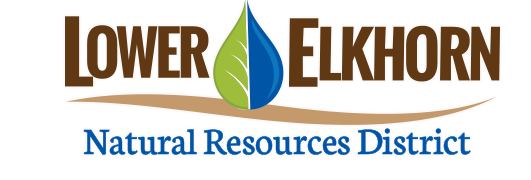“Where would we BEE without Pollinators?” was the theme for this year’s Stewardship Week and Poster Contest sponsored by the Lower Elkhorn Natural Resources District (LENRD).
Pollinators form the foundations of a healthy and sustainable future for food and the environment, but in recent years, they have shown concerning signs of decline. It’s important that we work to help them prosper by enhancing native pollinator habitats and protecting against pollinator declines.
Over 100 K-12th grade students participated in the contest. Buzzing bees and butterflies were some of the examples shown in the winning posters, created by students from across the Lower Elkhorn NRD’s 15-counties in northeast Nebraska.
The following winners will receive special recognition from the Lower Elkhorn NRD:
Grades K-1
1) Carson Gerths Guardian Angels Central Catholic, West Point
2) Isabelle Anderson Battle Creek Elementary
3) Abigail Zweep Bancroft-Rosalie Elementary
Grades 2-3
1) Dawson Mackling Guardian Angels Central Catholic, West Point
2) Kenna Olmer St. Francis, Humphrey
3) Jesus Vargas St. Mary’s, Wayne
3) Blake Heithold St. Mary’s, Wayne
Grades 4-6
1) Madie Thiele Guardian Angels Central Catholic, West Point
2) Audrey Praest St. Wenceslaus, Dodge
3) Mariana Nexticapan Hernandez St. Mary’s, Wayne
Grades 7-9
1) Emerson Ortmeier Guardian Angels Central Catholic, West Point
2) Myranda Hansen Norfolk High School
3) Kali Mangelsen Norfolk High School
Grades 10-12
1) Claire Steskal Norfolk High School
2) Courtney Hintz Norfolk High School
3) Anna Lemus Norfolk High School
The first place posters in each category were sent on to the Nebraska Association of Resources Districts (NARD) in Lincoln for the State Competition.
The NARD has announced that the Lower Elkhorn NRD has 3 winners at the State level this year. Students winning in the State competition include:
Grades K-1: Carson Gerths, Guardian Angels Central Catholic, West Point
Grades 7-9: Emerson Ortmeier, Guardian Angels Central Catholic, West Point
Grades 10-12: Claire Steskal, Norfolk High School
These students will receive special recognition from the NARD in Lincoln. The posters created by Gerths, Ortmeier, and Steskal will be sent on to Las Vegas, Nevada for the National competition in February 2020.
“I’m always amazed at the talent we see from the students each year. This contest is a fun way to help students connect with the world around them and use the theme to focus on things they can see and hear in their own backyard,” said Julie Wragge, LENRD Information & Education Specialist. She added, “Congratulations to all the participants. Please enter again next year.”
The 2021 stewardship theme is “Healthy Forests = Healthy Communities”. For more information on the poster contest, contact Julie Wragge, at jwragge@lenrd.org or 402-371-7313.
















